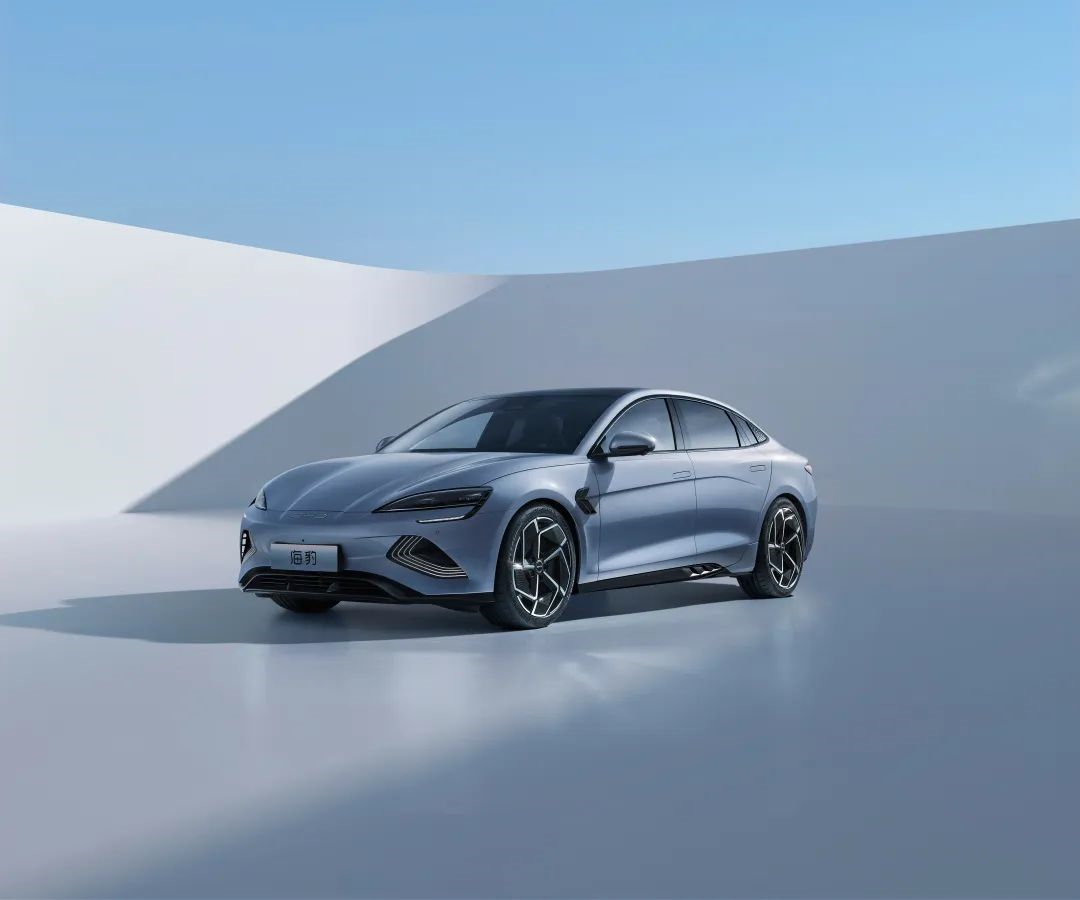Author: Rezz
On May 20th, BYD Hippopotamus (海豹) began pre-sale at a price range of 212,800 to 289,800 yuan. The Hippopotamus is a new vehicle in the BYD Ocean series, positioned as a pure electric mid-size sedan built on the BYD e-platform 3.0, providing three endurance versions of 550km/650km/700km under CLTC conditions.
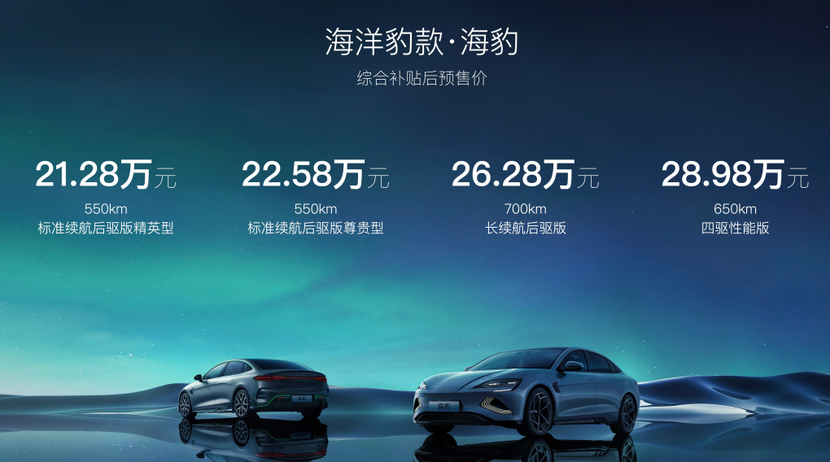
The first impression that BYD Hippopotamus gives to people is “sufficiently sexy.” Thanks to the short front and rear overhangs and long wheelbase styling of the pure electric platform, as well as the smooth body lines, the entire vehicle has an elegant and sporty body shape. At the same time, it also brings excellent aerodynamic performance.
There are quite a few details on the front of the vehicle, starting with the simple badge design, sharp shuttle-type headlights, and concave-convex engine hood muscle lines, and the design of the front bumper is also very attractive.
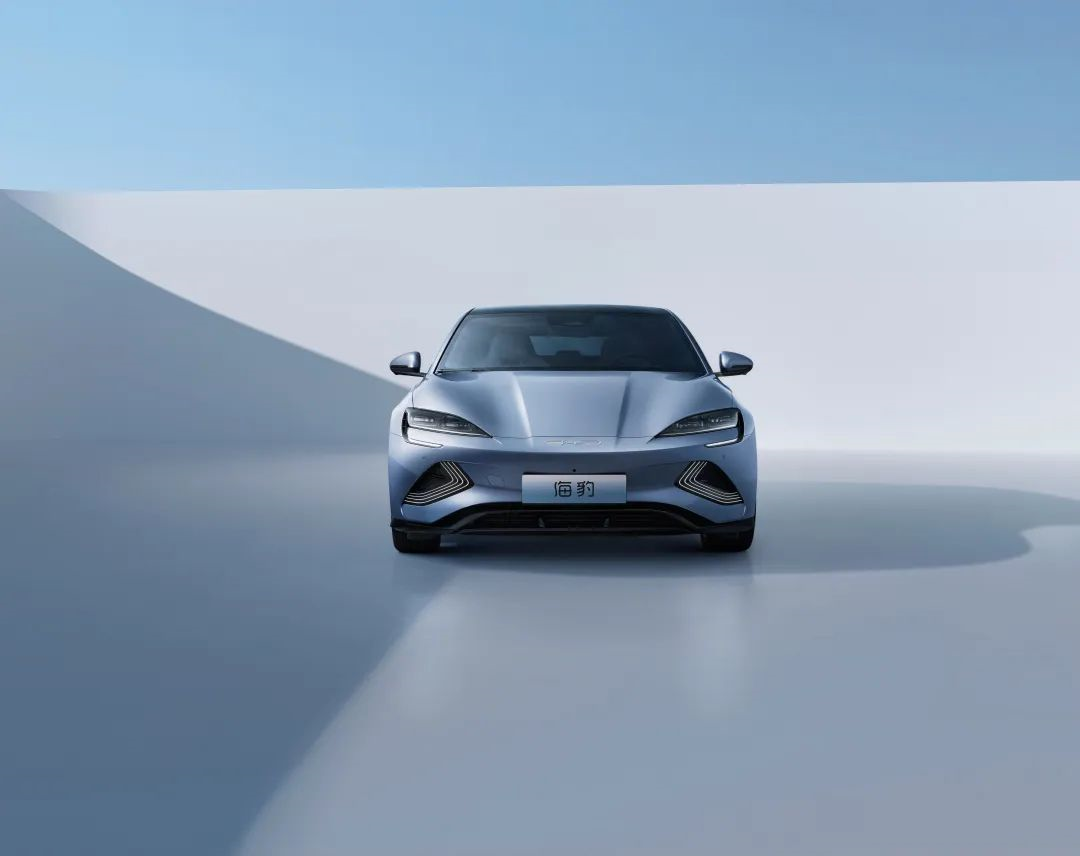
Secondly, the water ripple design below the headlights is very eye-catching and three-dimensional, bringing a visual effect of a sprinting posture.
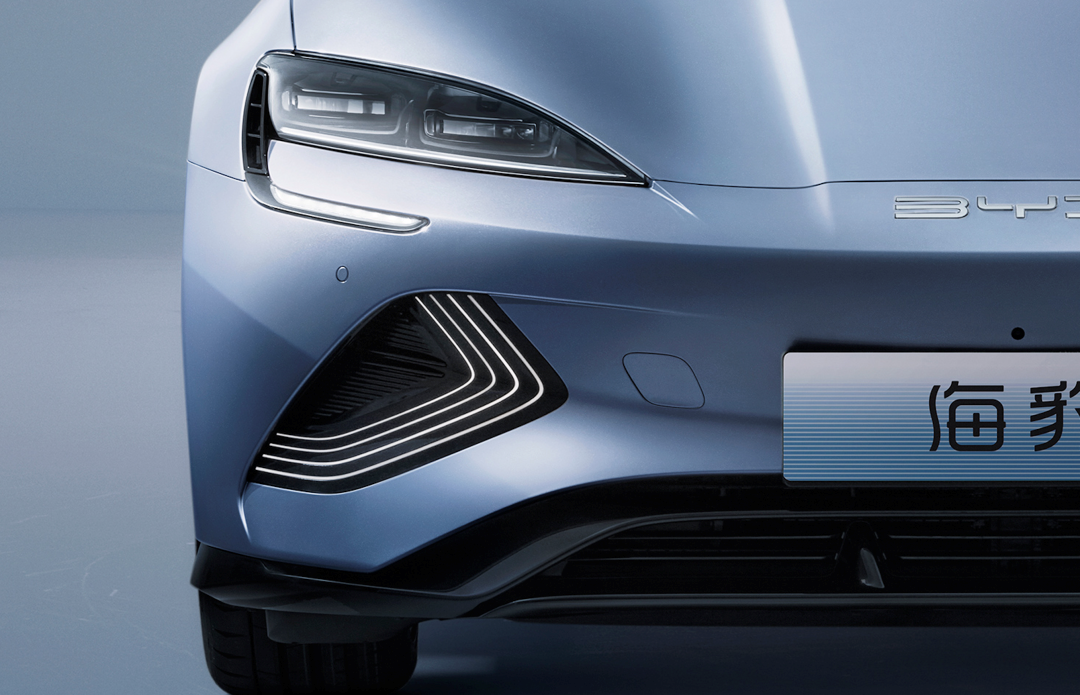
Unlike the BYD Dynasty series, the BYD Hippopotamus follows the design style of the BYD Ocean series, with stronger senses of motion and youthfulness, and the overall vehicle line design makes the entire vehicle more muscular. The front design of the vehicle, coupled with the trend of the waistline, gives it a sense of diving.
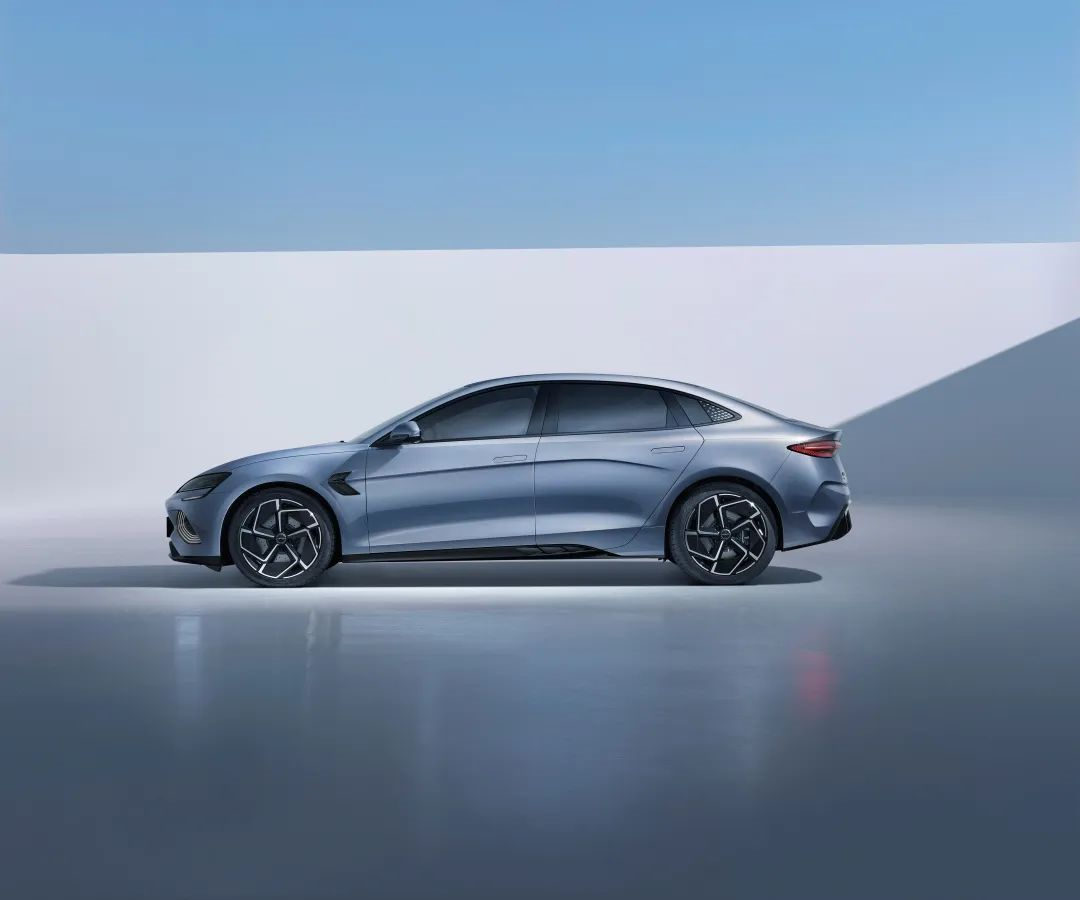
Looking at the side of the BYD Hippopotamus, it adopts a streamlined line design, and the waistline extends from the front fender to the rear, while the upwardly curved design at the C-pillar adds a sense of muscle. At the same time, the short front and rear overhangs make the vehicle more sporty and beautiful. The taillights adopt the latest through-type design.
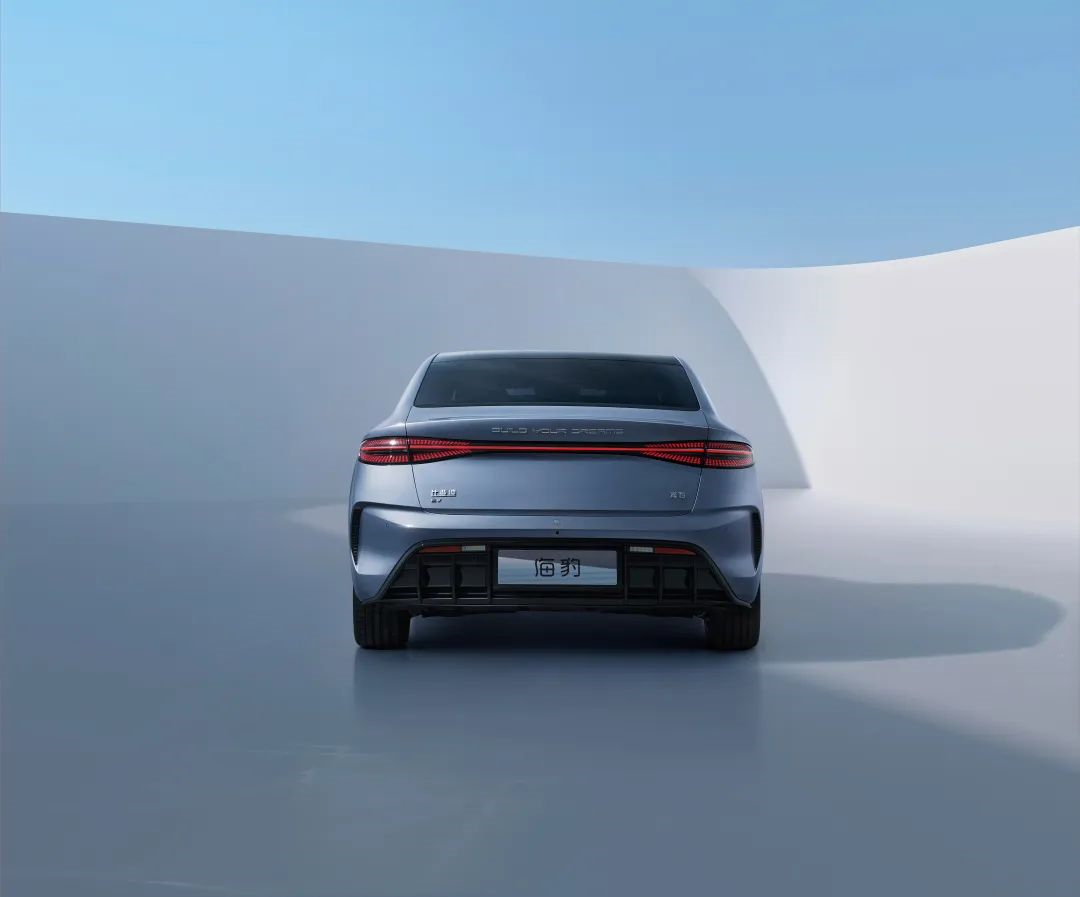
The vehicle size of the Hippopotamus is 4800/1875/1460mm, and the wheelbase reaches a ladder-leveling of 2920mm, comparable to the larger brother BYD Han of mid-large sedans.
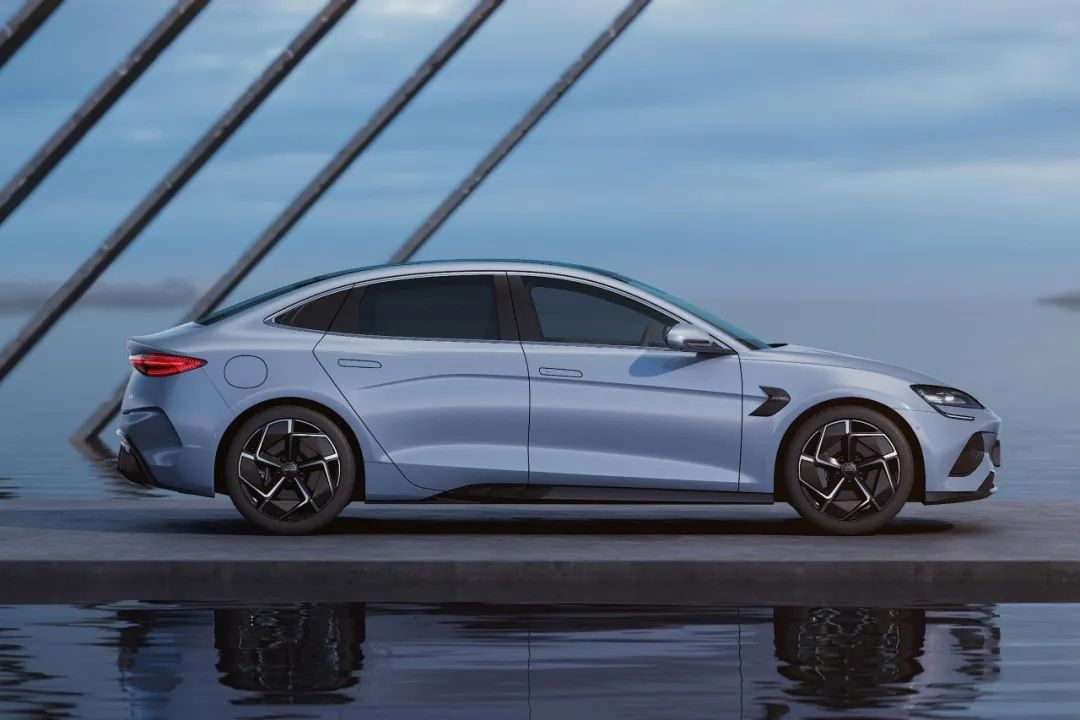 Although its big brother Han EV is larger in length, width, and height than the seal and several competitors, Sea Lion has managed to achieve the same 2920mm wheelbase with a length 18cm shorter. It also has a front storage box, demonstrating better use of space than the BYD ePure 3.0 platform.
Although its big brother Han EV is larger in length, width, and height than the seal and several competitors, Sea Lion has managed to achieve the same 2920mm wheelbase with a length 18cm shorter. It also has a front storage box, demonstrating better use of space than the BYD ePure 3.0 platform.
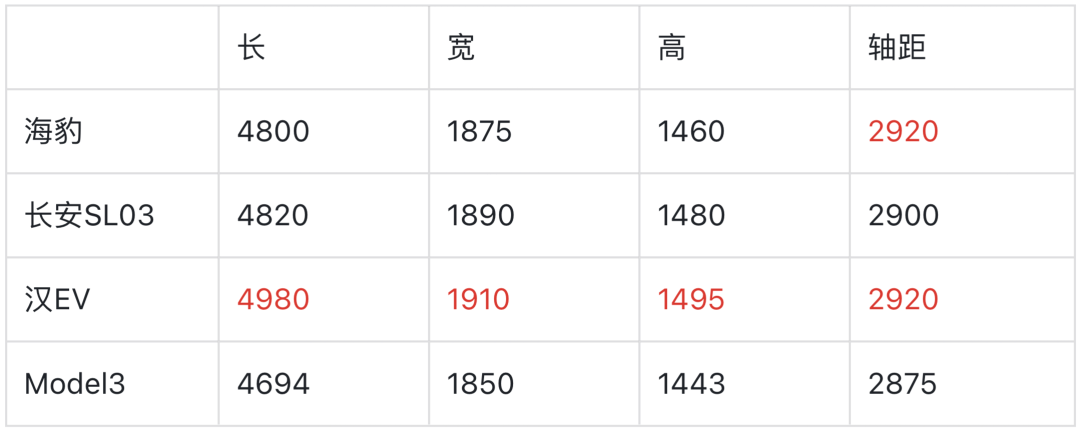
The Sea Lion is equipped with panoramic sunroof, active air dam, hidden door handles, and front storage box. The standard version comes with 18-inch wheels, while the long-range version and four-wheel drive high-performance version come with 19-inch wheels.
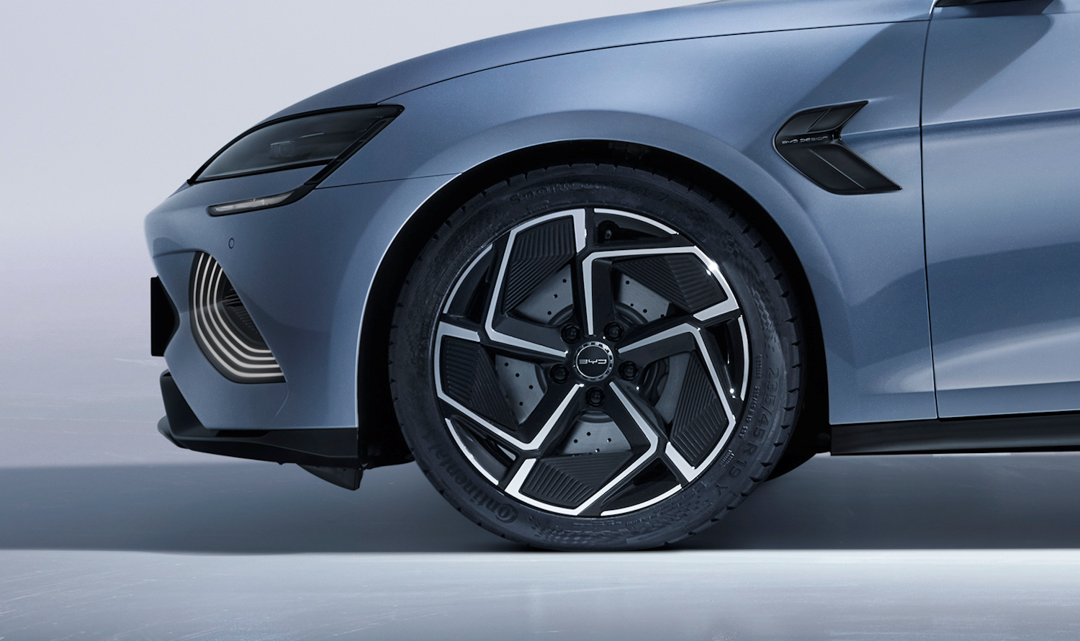
Through the optimization of more than 20 details such as the wheel hub, door handle, wheel flow plate, and rearview mirror, Sea Lion’s drag coefficient is only 0.219Cd.
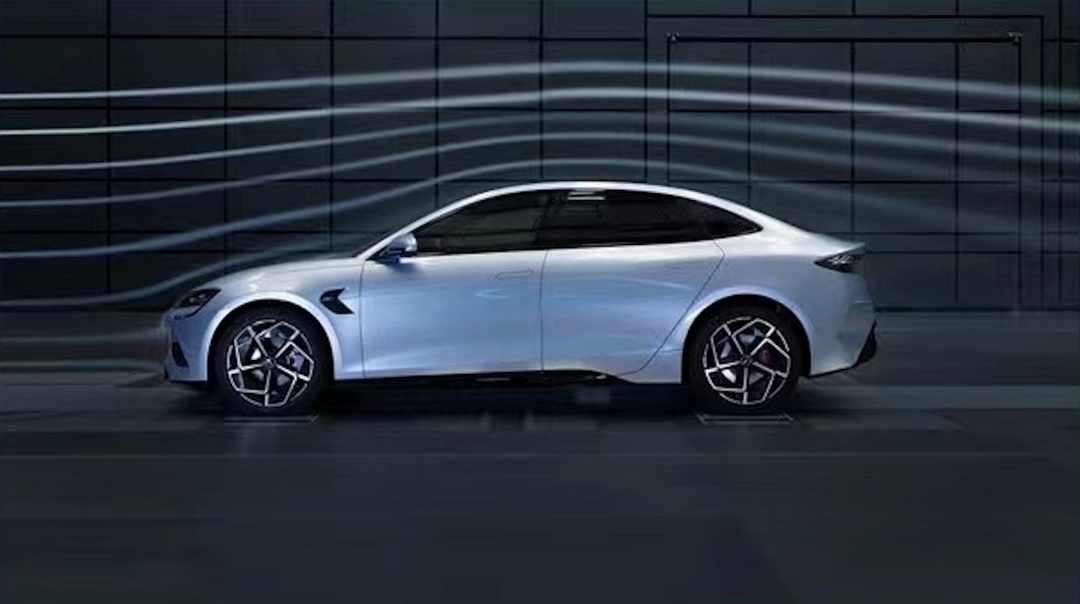
The Sea Lion uses a “fully sealed flow plate” design on the underside, which not only solves the problem of heat feedback in high-temperature environments but also improves the efficiency of the cooling system. The smoother surface also contributes to a super-low drag coefficient.
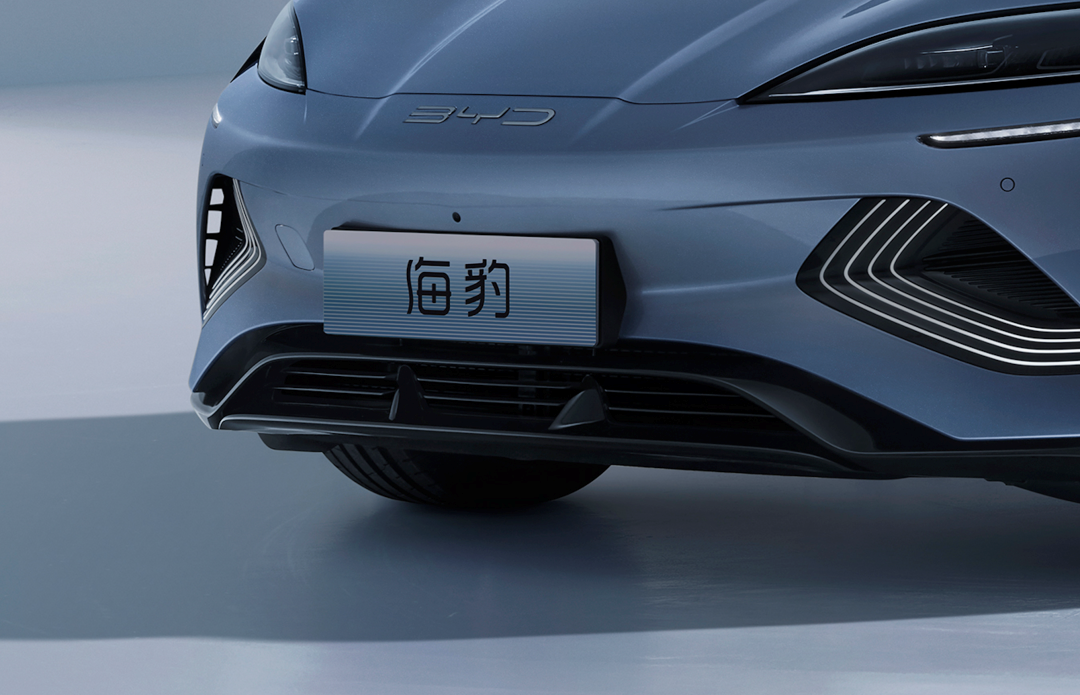
In addition, the fully sealed flow plate ensures the sealing between the cooling system and the active air dam. By automatically adjusting the opening of the active air dam through the control system, it only provides necessary cooling air to the cooling system, reduces air turbulence in the front of the engine compartment, and effectively reduces drag.
In terms of interior design, the car uses a gray and blue color scheme and continues to adopt marine design aesthetics. The central console line simulates wave design, while the handles on the door panel imitate water droplet design. The Sea Lion is equipped with the latest DiLink intelligent networking system and a 15.6-inch adaptive rotating suspension pad.
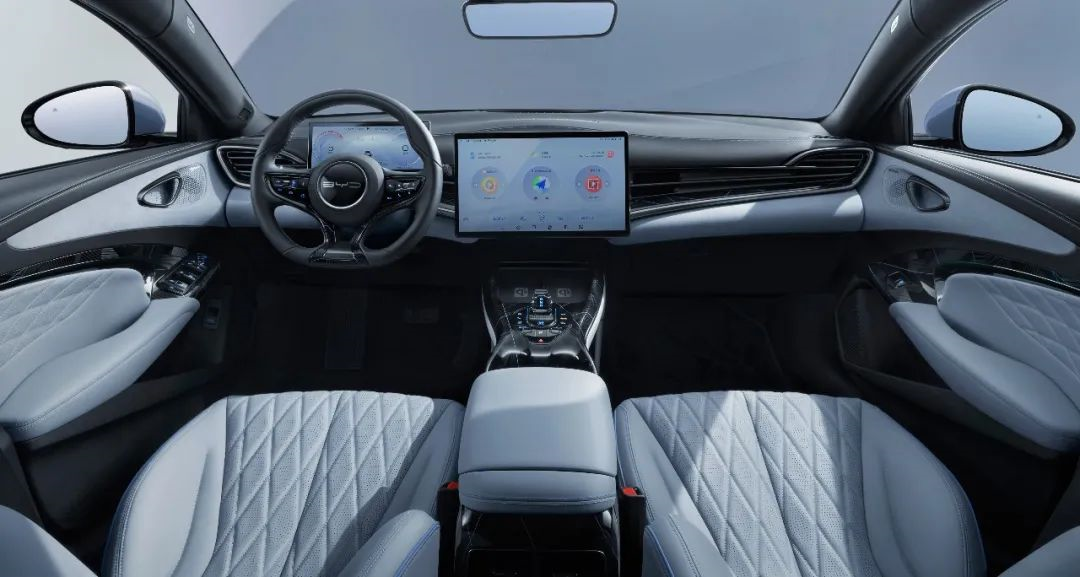
In addition, except for the entry-level model, the Sea Lion comes with a 12-speaker Denon sound system. In terms of safety configuration, Sea Lion comes with standard driver and passenger safety airbags, driver knee airbags, front and rear side airbags, and front and rear one-piece side safety curtains. It also comes with a 360-degree panoramic transparent image, dashcam, and blind-spot monitoring.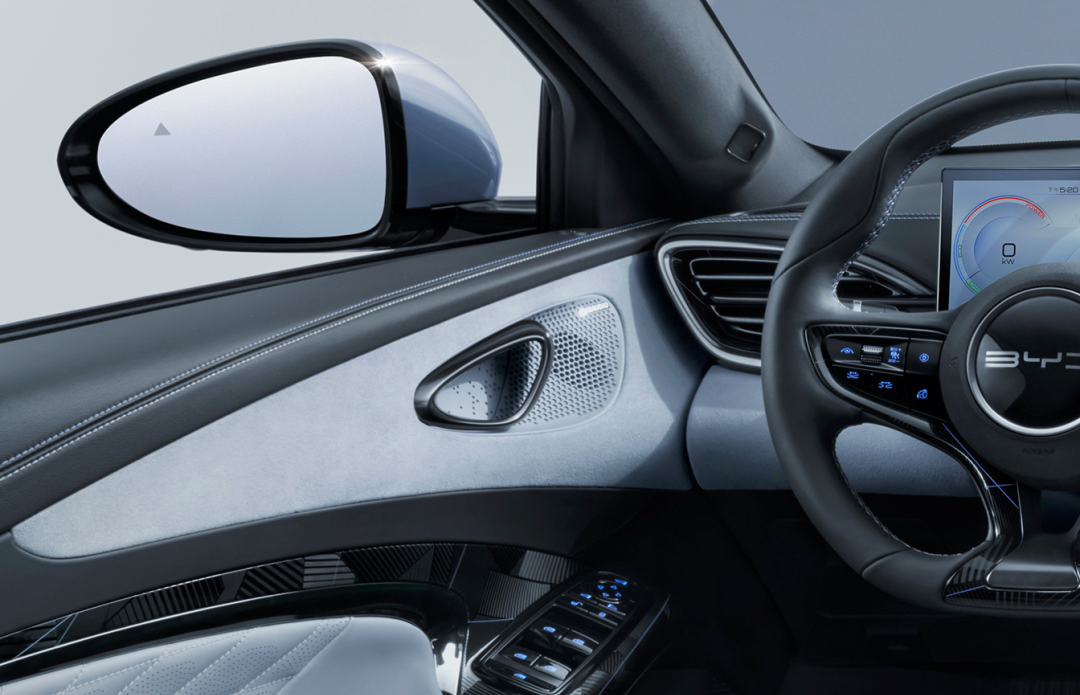
The HUD configuration that was leaked before the presale was originally only available in the four-wheel drive high-performance version, which led to criticism from many car enthusiasts and consumers. Therefore, at the final presale conference, we saw the HUD also being equipped on the 700km long-range rear-wheel drive model priced at 262,800 RMB. According to the configuration table, this model is the most cost-effective and highly recommended.
Compared with the standard range version, although the long-range version is 27,000 RMB more expensive, it has 21 kWh more battery capacity, 150 km longer driving range, and the maximum motor power has also been increased from 150kW to 230kW. The acceleration performance has also been improved from 7.5 seconds to 5.9 seconds, rising from the acceleration performance of a family car to the leading level of a sports performance car.
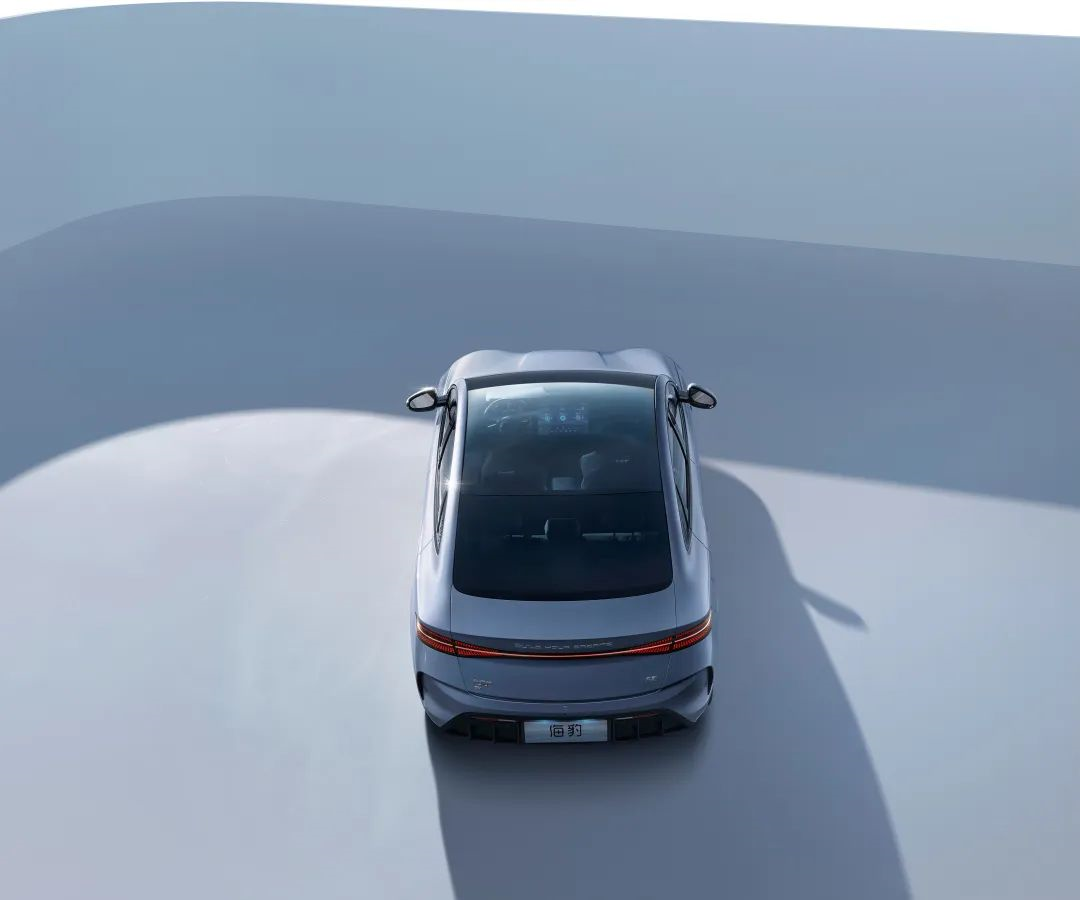
In terms of configuration, it is equipped with 19-inch wide tires and wheels, DMS driver monitoring system, electric induction trunk and memory function, leather steering wheel and seats, HUD head-up display, lumbar support adjustment, driver seat memory, 12-speaker Denon sound system, 220V power supply, heated rearview mirrors, automatic reverse tilting, and rear privacy glass, among others.
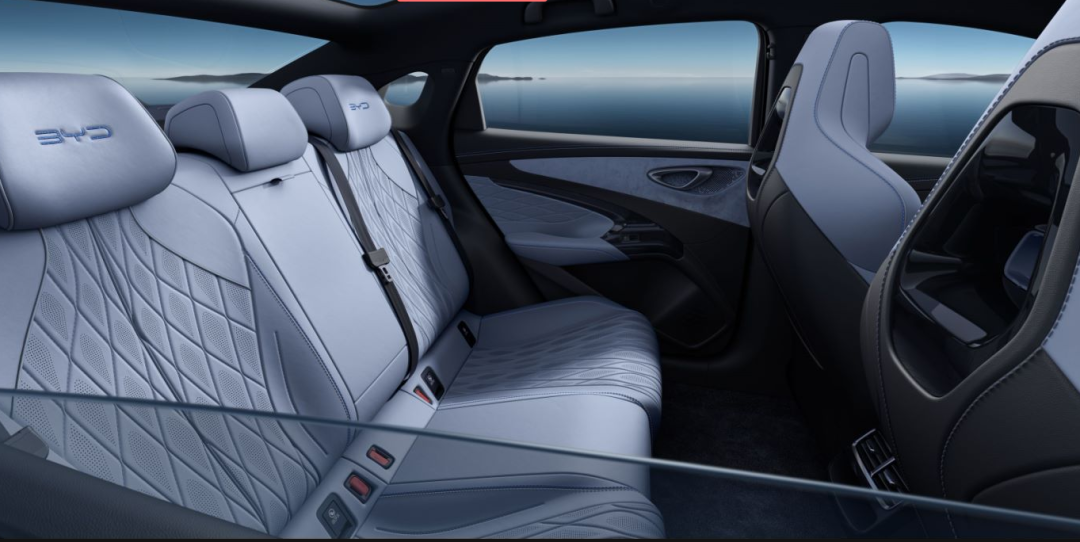
The performance of the Hai Bao in terms of passenger and storage space is also impressive, especially the details of the storage compartments are well-designed. Not only is there anti-slip treatment inside, but there is also a deep adjustable card slot design. Depending on the configuration, high-end models can enjoy ventilated/heated seats, leather seats, driver seat memory, and 4-way electric lumbar support for both the driver and passenger.
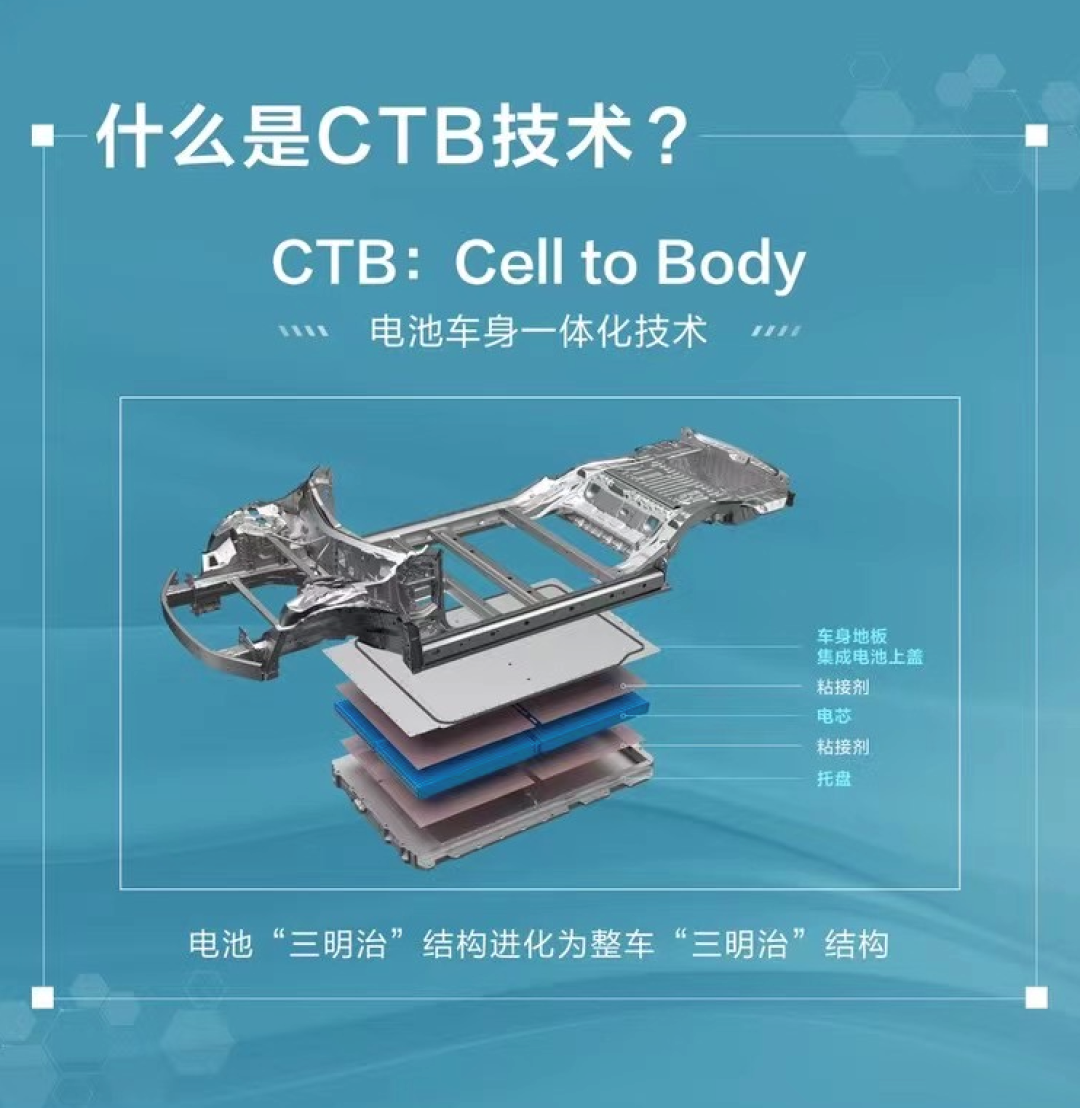
Thanks to the CTB (Cell to Body) technology of the e-platform 3.0, the curb weight of the Hai Bao is controlled at 1,885 kg. The CTB structure of the blade battery pack is inspired by the honeycomb aluminum structure. The blade battery pack itself is very safe, and adjacent battery cells can be arranged tightly together. The structure formed by rows of blade cells is similar to a honeycomb core, and is composed of an upper cover plate and a bottom plate to form a honeycomb-like structure.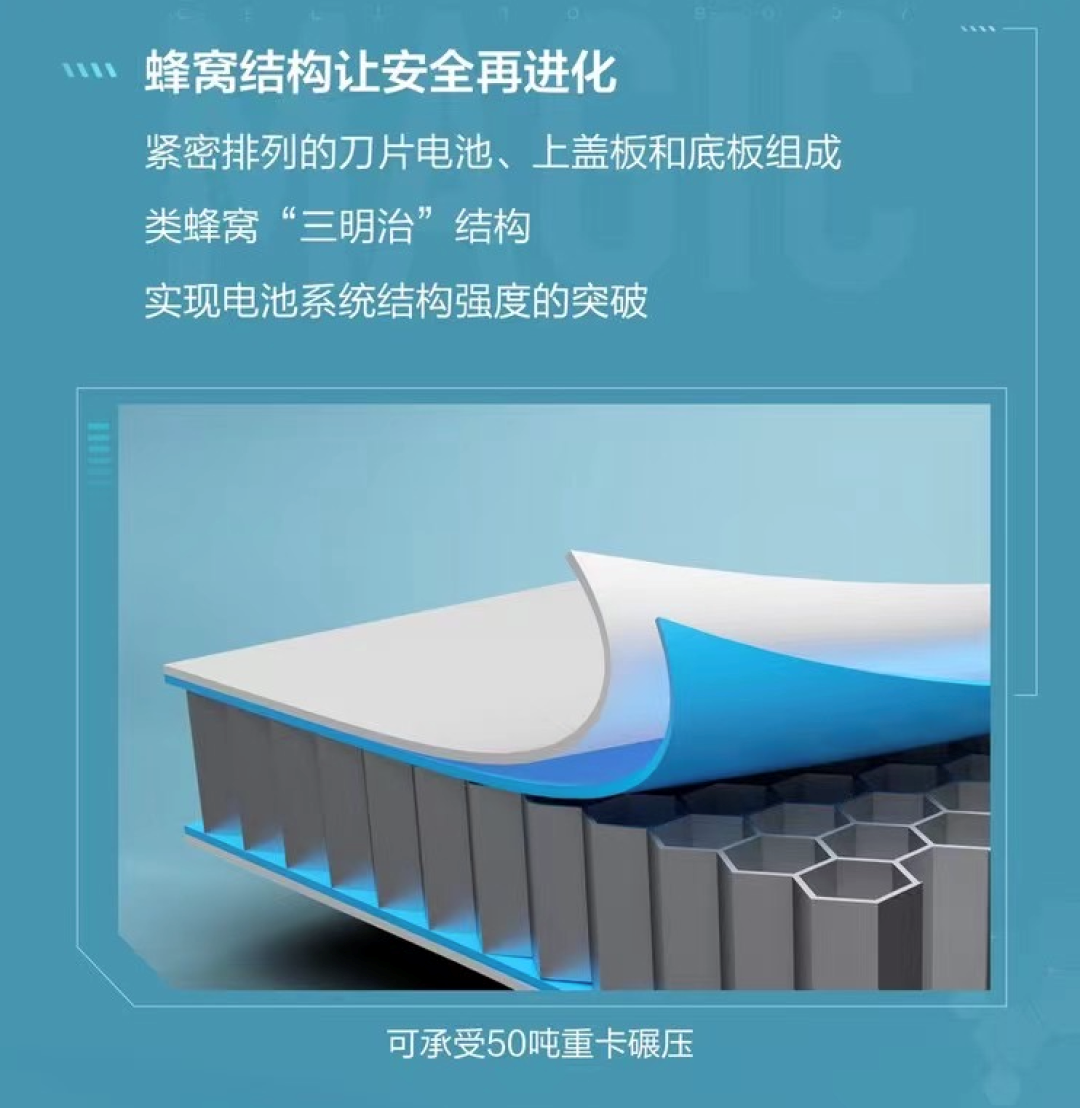
This breakthrough in CTB blade battery pack structure strength was seen at the launch event where this technology was successfully tested with a 50-ton heavy-duty truck running over it. With CTB technology supporting the safety of the blade battery, the battery’s safety and structural strength significantly improved, no longer sacrificing other performance indicators.
Equipping vehicles with CTB technology not only allows for more battery packs to be installed within a limited space but also improves the vehicle’s torsion stiffness, which translates into better handling performance.
High torsion stiffness means that the vehicle undergoes less deformation under various working conditions and responds faster, providing greater lateral support force during turns, reducing body roll during fast cornering, increasing vehicle stability, and maximizing its handling capabilities.
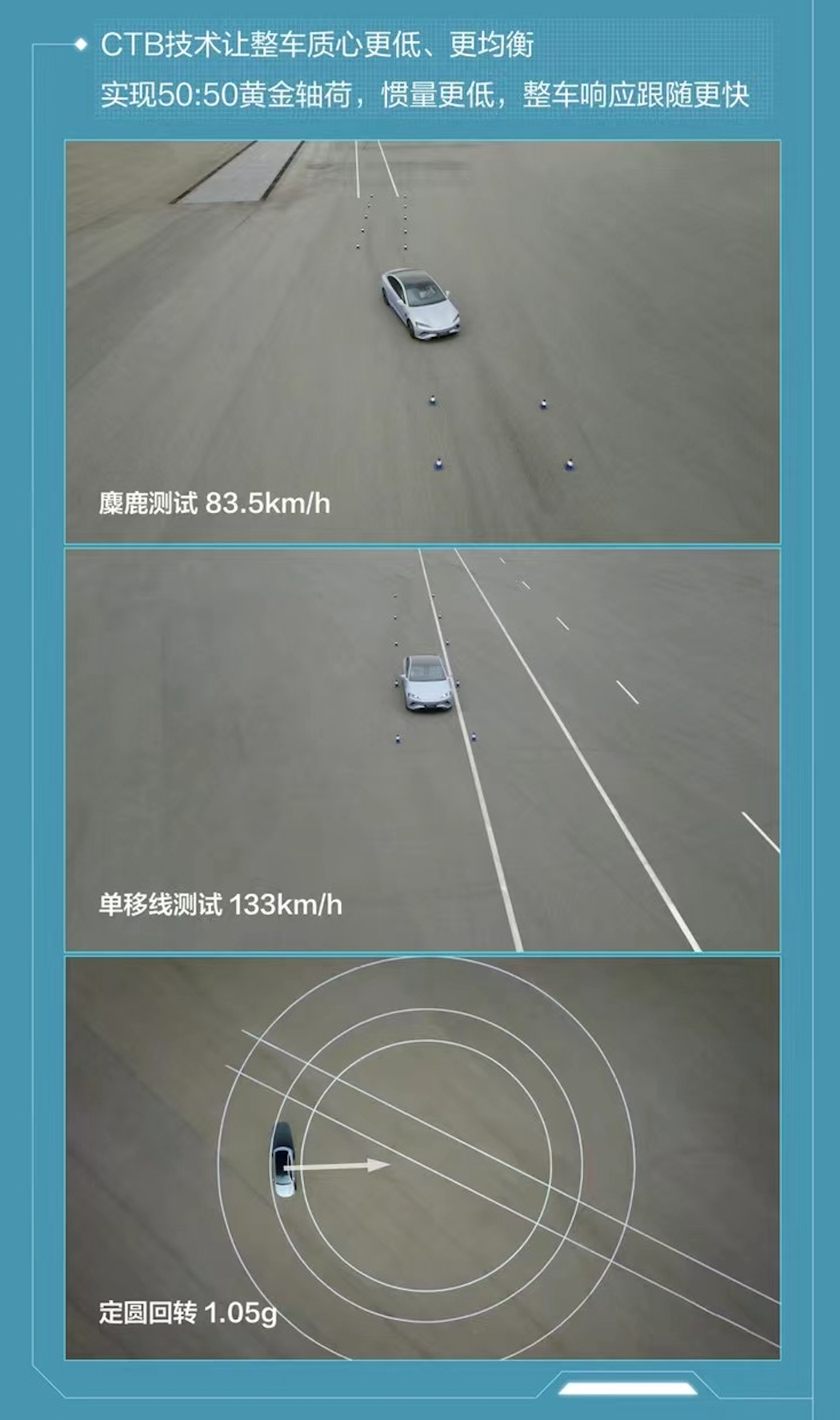
The seal vehicle, the first model to feature CTB technology, passed the high-speed moose test at a speed of 83.5km/h, single-lane change test at 133km/h, and had a maximum lateral stable acceleration of 1.05g – an impressive achievement.
Through CTB technology’s integration of the vehicle floor and battery cover into a single unit, vehicle vibration is effectively suppressed, enhancing the NVH level. Compared to the primitive CTP scheme, CTB reduces the vibration rate and amplitude by 90 percent. The seal model equipped with CTB technology handles speed bumps, bumpy roads, and other challenging conditions with ease, ensuring a smoother, more comfortable ride.
Unlike the industry’s typical three-in-one electric powertrain assemblies, the seal has a deeply integrated eight-in-one electric powertrain assembly.
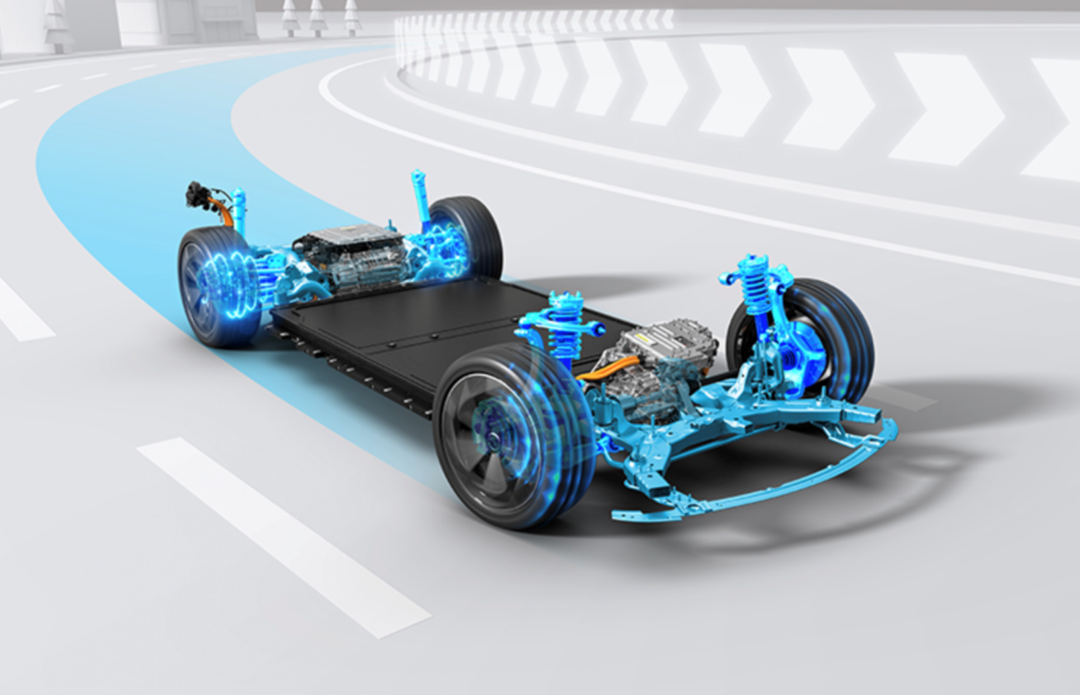
Combing the drive motor, transmission, drive motor controller, vehicle control unit (VCU), battery management system (BMS), high/low-voltage DC converter (dc-dc), bidirectional on-board charger (Bi-OBC), and high-voltage power distribution module (PDU), the electric power system’s power density improves by 30 percent, while its weight is reduced by 16 percent, achieving remarkable comprehensive efficiency at 89 percent.
The seal’s eight-in-one electric powertrain assembly employs a blade-type motor with a flat wire designed and manufactured autonomously by BYD, overcoming the wire machine industry’s challenges.
The motor’s slot fill factor increases by 15 percent; wire packaging and copper usage are reduced by 11 percent; and resistance drops by 22 percent. By optimizing the magnetic circuit design and reducing motor iron losses, heat dissipation performance is significantly enhanced, and the motor’s rated power is increased by 40 percent, reaching a peak efficiency of up to 97.5%.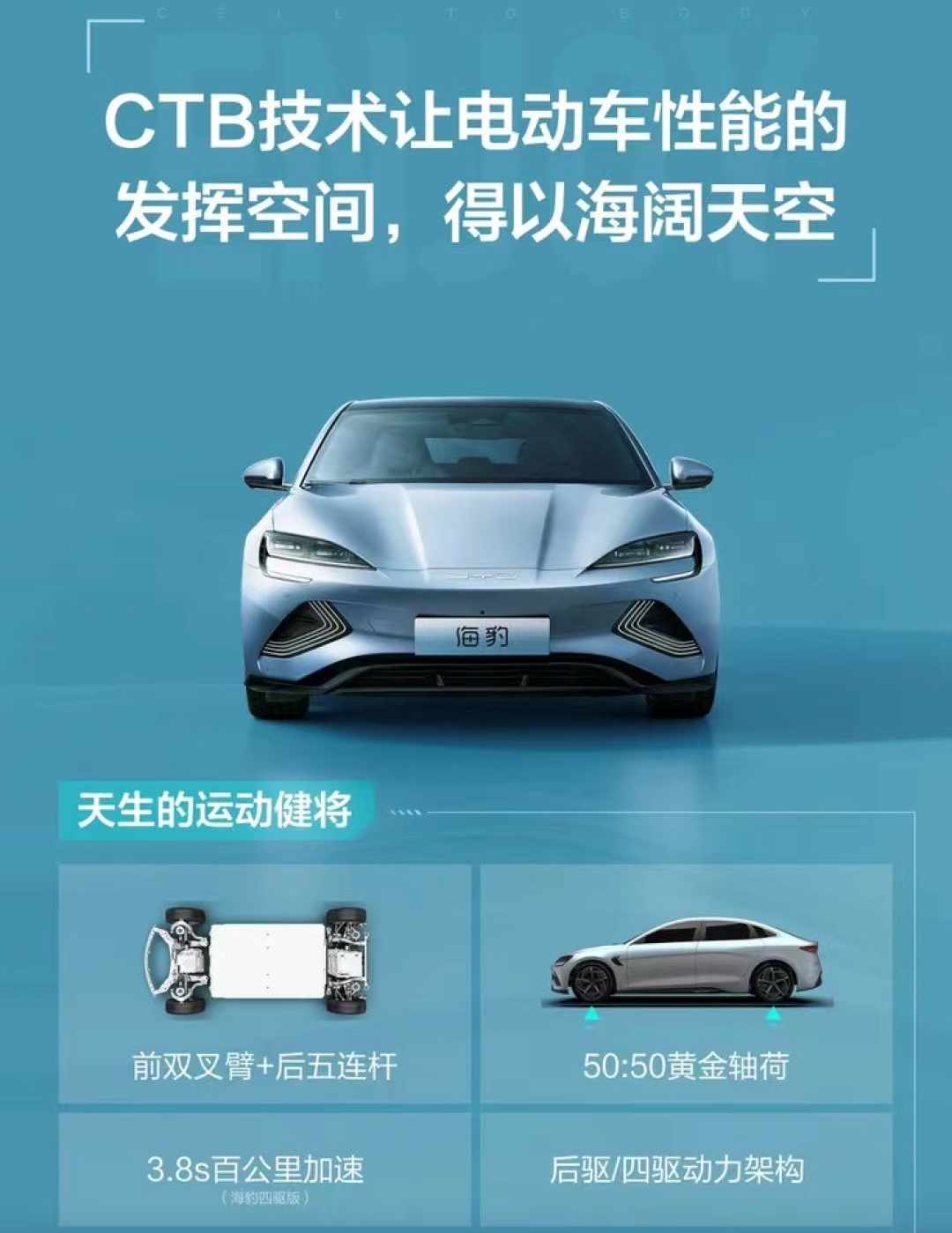
The BYD Dolphin is equipped with a front double wishbone independent suspension and a rear five-link independent suspension structure, with a 50:50 axle load ratio. This results in a lower center of gravity and a super-low whole vehicle moment of inertia.
After being finely tuned by the former Mercedes-Benz chassis tuning expert Hans Köck, and incorporating the Bosch DP steering system and wire control braking system, it provides a high-quality driving experience and abundant driving pleasure.
Furthermore, the electronic control in the electric drive system is also responsible for controlling the voltage boost during charging. When we charge an electric vehicle on a public DC fast charging station, the voltage is usually around 400V. However, the Dolphin can reach up to 700-750V through voltage boost, supporting a maximum of 150kW DC fast charging. Based on the world’s first electric drive boost charging technology, it can charge the battery from 30% to 80% in just 30 minutes.
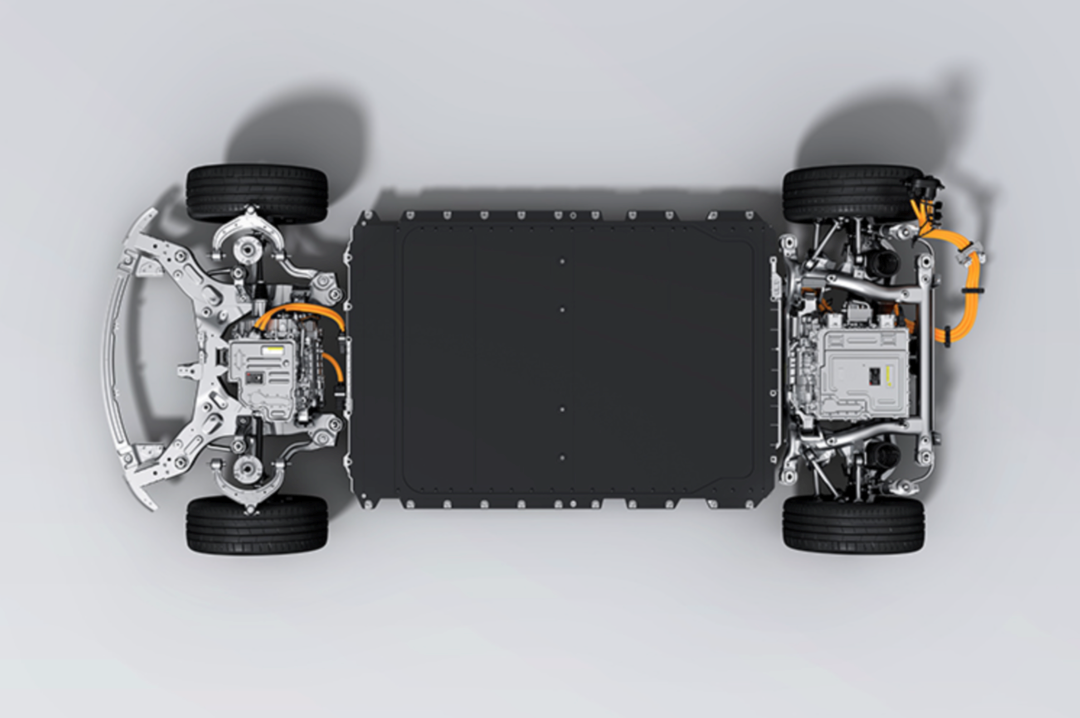
In addition, the BYD Dolphin adopts integrated thermal management technology, connecting the pipeline of the motor, battery and cabin. It can transfer the waste heat from the motor and battery to the warm air conditioning system in winter, effectively reducing the impact of low temperature on the cruising range. The wide-temperature-range heat pump air conditioning system can work between -30℃ and 40℃, providing a comfortable in-car environment in cold weather.
The iTAC intelligent torque control technology, as an optional configuration for the Dolphin 650km four-wheel drive performance version, has changed the previous way of only stabilizing the vehicle’s dynamics by reducing power output. The iTAC upgrades to torque transfer, and can appropriately reduce torque or output negative torque, among other control methods.
Due to the improvement of recognition speed and changes in adjustment methods, iTAC can comprehensively distribute and adjust power based on the vehicle’s self-status and driver’s longitudinal and lateral control needs. It reduces the triggering of ESP and ultimately reduces slip suppression, fully tapping into the vehicle’s power potential. It improves safety and driving comfort while also expanding the handling limits.
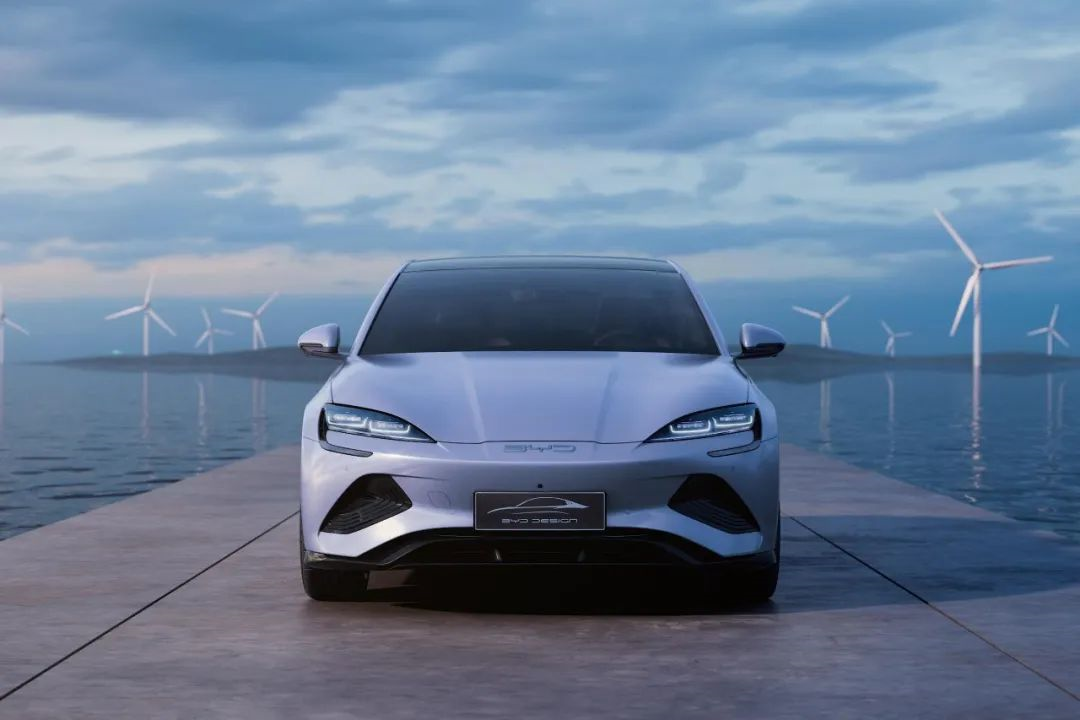
The Dolphin 700km long-endurance rear-drive version and 650km four-wheel drive performance version use fixed brake calipers commonly used in racing and high-performance vehicles. Compared with common floating calipers, the brake response speed is increased by about 20%. Combined with the perforated ventilated front brake disc, the heat capacity is high, the heat dissipation performance is good, and it can avoid the formation of a water film on the surface of the brake disc in humid environments. The brake performance is stable, reliable, and the braking distance is shorter.
In summary, the BYD Dolphin with a range of 700km and rear-wheel drive can be said to be fully equipped in all aspects except for its straight-line acceleration, which is not as good as the top-of-the-line four-wheel drive high-performance version. In fact, it is even more richly equipped than the similarly priced Dongfeng Aeolus EV.
On the other hand, its competitors are all “veterans” that have been on the market for three to five years: the Tesla Model 3 was introduced in 2017, and the XPeng P7 was released in 2020, and both the appearance and interior design, as well as the features, are all less advanced compared to the freshly launched BYD Dolphin.
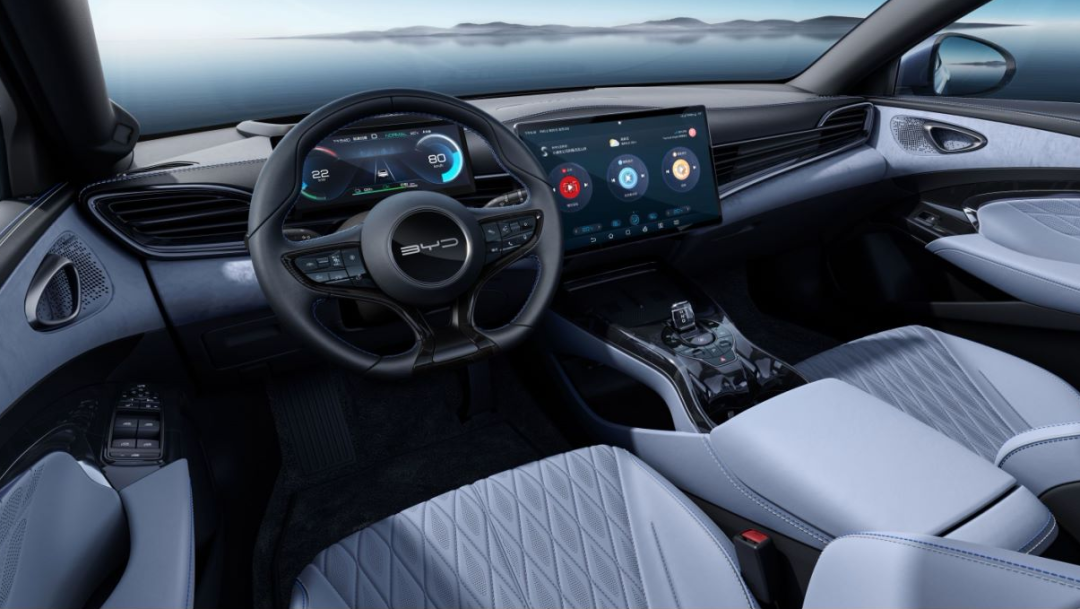
Many consumers may not choose the Tesla Model 3 anymore because of the “simple” interior design that has not changed in five years, or they may choose to continue waiting because the XPeng P7 is about to be upgraded with laser radar.
The arrival of the BYD Dolphin will break this stalemate. As a newly-entered player, can the Dolphin make the competition in the segment of 200,000 to 300,000 RMB pure electric cars into a heated battle? I believe the answer is yes.
BYD’s reputation and sales have been steadily increasing in recent years, with its products being at the forefront in terms of power and cost-effectiveness. The Dolphin, which was born at this time, can be said to be BYD’s “darling” that meets the expectations of many.
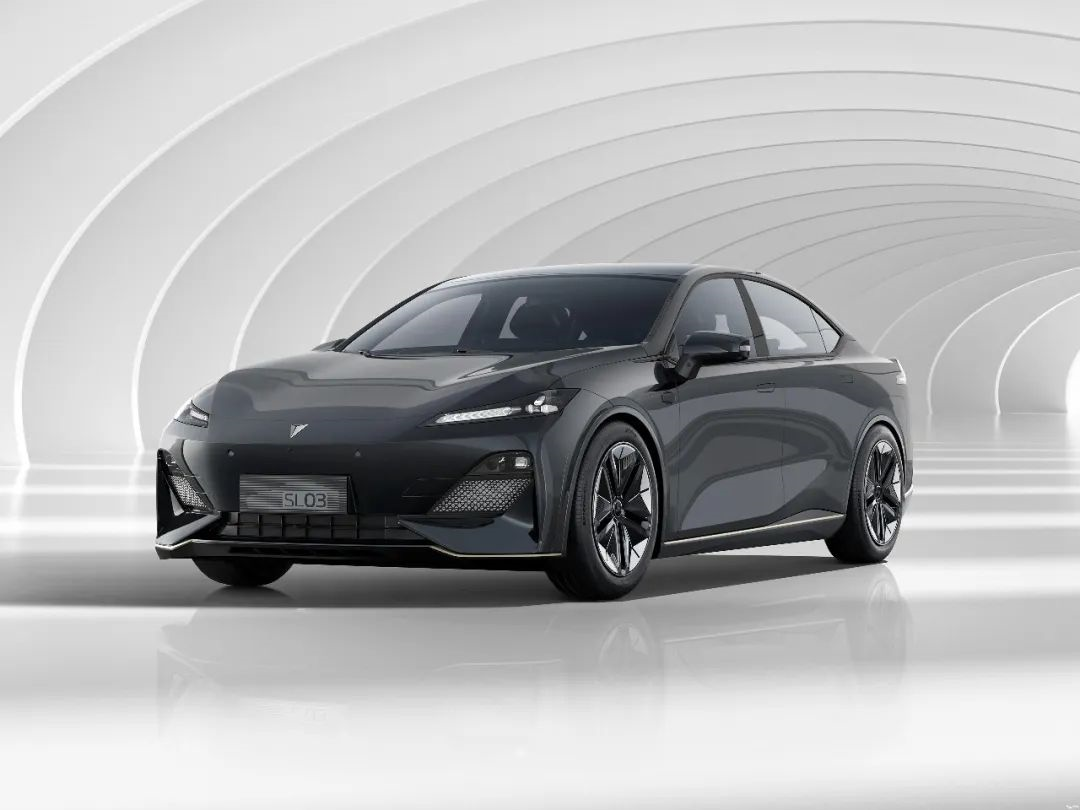
However, where there is light, there is also shadow. The upcoming Chang’an Shenlan SL03, which will begin pre-sales on May 30 with the price announced, is also a strong competitor with similar dimensions and wheelbase, as well as its rich features and new technologies.
Of course, a long time on the market is also evidence that a car can withstand the test of time, indicating that Chinese consumers still recognize the strengths of Tesla Model 3 and XPeng P7, two cars with well-established brands and excellent performance. For example, they both take the lead in the area of advanced driving assistance systems, whereas BYD and Chang’an Shenlan still have room for improvement in areas such as intelligence and advanced driving assistance.
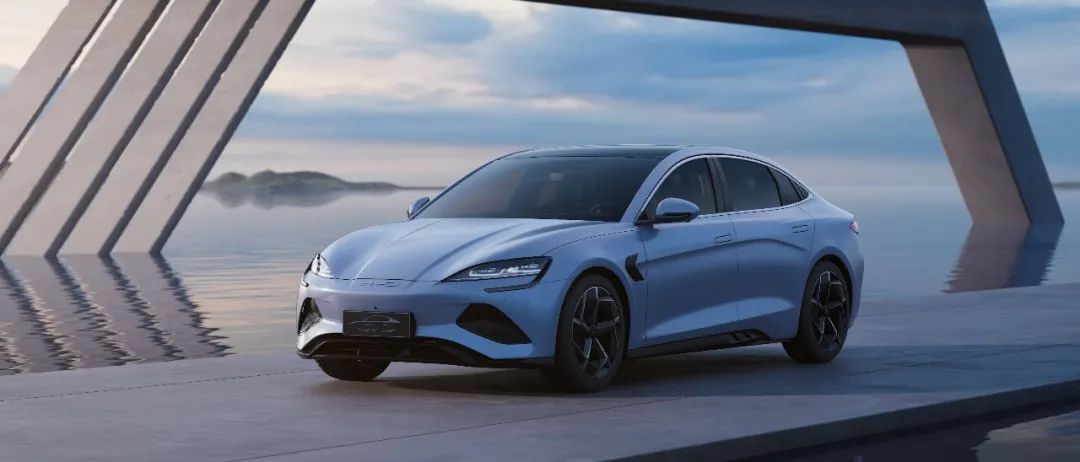
Finally, if you want a comfortable family car with a longer driving range and larger screen, then the Han EV is the most suitable choice from BYD’s two models.
However, if you are a young couple with a passion for driving, then the freshly launched BYD Dolphin with its new platform, rear-wheel drive, and sporty suspension and chassis control may be the right choice. We look forward to the Dolphin becoming BYD’s next bestseller.
This article is a translation by ChatGPT of a Chinese report from 42HOW. If you have any questions about it, please email bd@42how.com.
